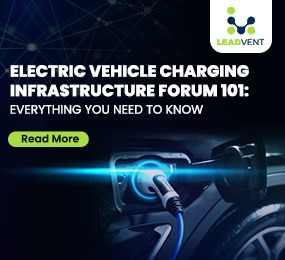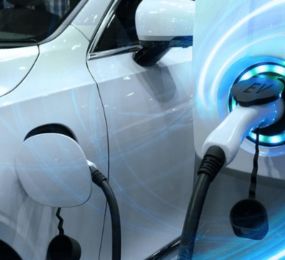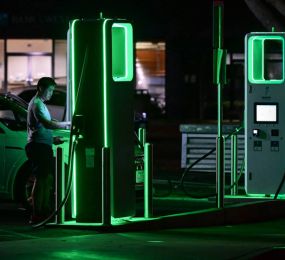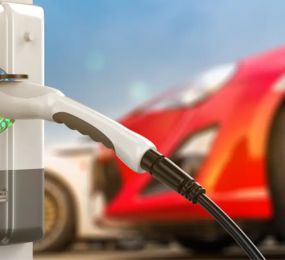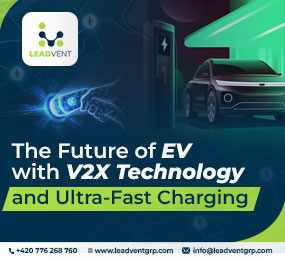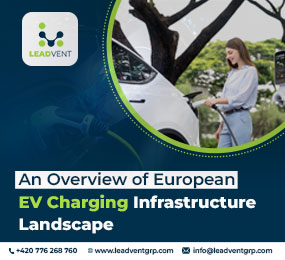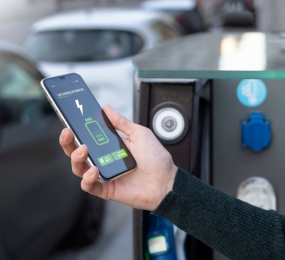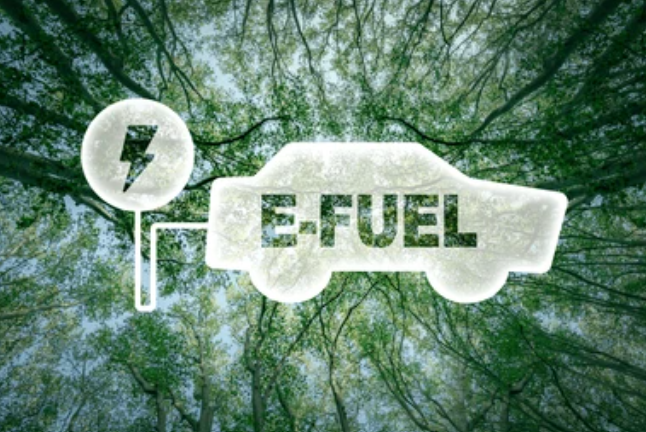The landscape of electric vehicle (EV) charging infrastructure has undergone significant transformation over the years, driven by technological advancements, increased adoption of electric cars, and a growing commitment to sustainability. As we approach 2025, the evolution of this infrastructure is not only crucial for supporting the expanding electric vehicle market but also for addressing the challenges associated with charging accessibility and efficiency.
Early Developments
Initially, the electric vehicle faced numerous hurdles, including limited battery capacity and slow charging methods. Early charging solutions, such as Level 1 chargers, required significant time to replenish vehicle batteries. However, advancements in technology have led to the introduction of Level 2 chargers, which provide faster charging options in public spaces, and DC fast chargers, capable of delivering substantial range in mere minutes. By 2025, it is projected that the number of fast-charging stations will increase from over 130,000 in 2019 to nearly 227,000 globally.
Standardization and Interoperability
A critical aspect of this evolution is the establishment of universal charging standards like the Combined Charging System (CCS) and CHAdeMO. These standards ensure compatibility across different EV brands, allowing drivers to utilize a unified charging network without concerns about equipment mismatches.
Innovative Charging Solutions
Emerging technologies such as bidirectional charging, where EVs can supply power back to the grid, are reshaping how we view energy consumption and distribution. This not only enhances grid stability but also offers financial incentives for EV owners. Furthermore, initiatives like solar-powered charging stations and smart-grid integration are paving the way for a more sustainable future in electric mobility.
Case Studies
California's Charging Network Expansion: California has been at the forefront of developing extensive EV charging networks. The state has invested heavily in public charging stations, leading to a significant increase in accessibility for EV owners. As a result, California continues to lead the nation in public charging ports available.
China's Battery Swapping Stations: China has pioneered battery swapping technology for electric vehicles, allowing drivers to exchange depleted batteries for fully charged ones within minutes. This innovation has significantly reduced downtime for commercial fleets and is being considered as a model for other countries.
Upcoming Electric Vehicle Events in 2025
As we look forward to 2025, several electric vehicle events 2025 will play a pivotal role in shaping discussions around EV infrastructure, the 3rd Annual EV Charging Infrastructure Forum aims to address challenges within the EV industry and promote collaboration among manufacturers, charge point operators, and policymakers. It will emphasize case studies that demonstrate successful implementations of charging networks. Attendees will have the opportunity to engage with global experts, participate in discussions on Vehicle-to-Grid (V2G) integration, and explore solutions for overcoming infrastructure challenges. By attending, professionals can remain at the forefront of the EV revolution and contribute to shaping the future of sustainable mobility. Don’t miss this essential event for driving progress in the EV charging landscape.
FAQs
Q: What are Level 1 and Level 2 chargers?
A: Level 1 chargers use a standard household outlet and are slower, while Level 2 chargers provide faster charging using a dedicated circuit.
Q: How do bidirectional chargers work?
A: Bidirectional chargers allow energy stored in an EV's battery to be sent back to the grid or used to power home appliances.
Q: Why is standardization important in EV charging?
A: Standardization ensures that all EVs can use any public charger without compatibility issues, facilitating broader adoption of electric vehicles.
The evolution of EV charging infrastructure is critical as we move towards a more sustainable future. With numerous electric car events 2025, industry leaders will gather to share insights and innovations that will shape this burgeoning field. The combination of technological advancements and collaborative efforts at these events promises a robust framework for supporting the next generation of electric vehicles.


